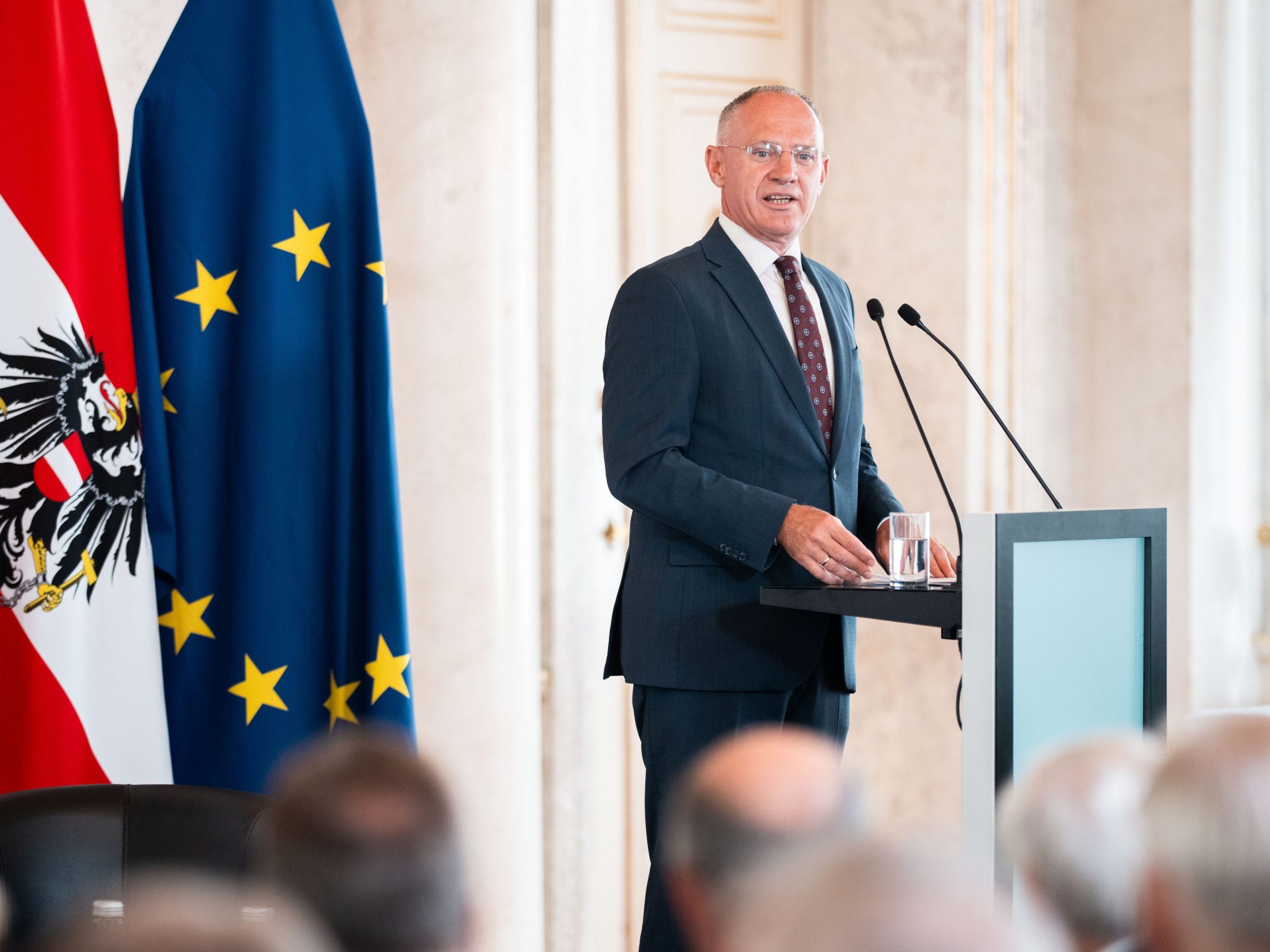Police and Gendarmerie: Merger Marks 20th Anniversary

On July 1, 2005, the police, gendarmerie, security guard, and criminal service were merged into one unit. The 20th anniversary of the "largest administrative reform of the Second Republic," as former Chancellor Wolfgang Schüssel called it, was celebrated on Tuesday in the ceremonial hall of the Ministry of the Interior. In addition to the host Gerhard Karner (ÖVP), numerous former department heads of the ministry also participated.
"Not Living on an Island of the Blessed"
"We live in one of the safest countries in the world. But we are not living on an island of the blessed," emphasized Karner in his speech. The cooperation of the security authorities is important for the safety of the population, Schüssel also said. Becoming a police officer is not an easy profession, Karner noted. But it is a profession that "enjoys high trust among the population." In 2005, the clearance rate was 39.6 percent, and in 2024, according to the current Minister of the Interior, it was 52.9 percent.
The types of offenses have also changed significantly over time. While there were 1,794 reports of cybercrime 20 years ago, the number of reports for these offenses last year was 62,328. For house and apartment burglaries, however, a reverse trend can be seen: in 2005, there were 21,225 reports, and in 2024, only 6,930 reports.
Familiar Names at the Ceremony
In addition to Karner and Schüssel, who was also briefly Minister of the Interior after the sudden death of Liese Prokop, numerous other former department heads attended the ceremony "One Unit. One Mission," such as Karl Nehammer (ÖVP), Wolfgang Sobotka (ÖVP), Karl Schlögl (SPÖ), Maria Fekter (ÖVP), Eckart Ratz, Wolfgang Peschorn, and Ernst Strasser (ÖVP), under whose leadership the reform was implemented.
According to Schüssel, the merger, alongside other reforms, was an "incredible milestone on the path to reasonable administration" in view of Austria's upcoming EU Council Presidency in 2006. The former Chancellor thanked the "team04" that "carried out" the reform, especially Ernst Strasser, who implemented it with "a lot of toughness, energy, and professionalism," Schüssel stated. At Strasser's side was Franz Lang, who had drawn attention as the coordinator and head of investigations in the case of the Kaprun glacier railway fire disaster on November 11, 2000. Lang took over the leadership of "team04" after initial discussions in March 2003 and later became the interim Director General for Public Security and long-time Director of the Federal Criminal Police Office. "The efforts were worth it," said Strasser.
"It's like trying to merge the Catholic and Protestant churches," Karner quoted from the considerations in 2000. "Both would believe in the same God - the safety of citizens - but are otherwise completely differently organized, and the tasks in both areas are fundamentally different." The quote is 25 years old, but five years later the reform was implemented. The words came from Karner, who was then the spokesperson for Interior Minister Strasser.
When asked why the project was undertaken at the time, the Minister said: "Because it was smart." Communication, permeability, and effectiveness could be significantly increased through the merger. Karner also mentioned in this context the Graz rampage, where police units could be on the scene within minutes of the alert.
"Step into a Secure Future"
"Today it is clear: This step was right and necessary - it was a step into a secure future. To maintain our high security standards in the future as well," said Chancellor Christian Stocker (ÖVP) already on Monday in Schönbrunn, where police officers from Burgenland, Lower Austria, Upper Austria, Styria, and Vienna celebrated the successful completion of their training.
(APA/Red)
This article has been automatically translated, read the original article here.





